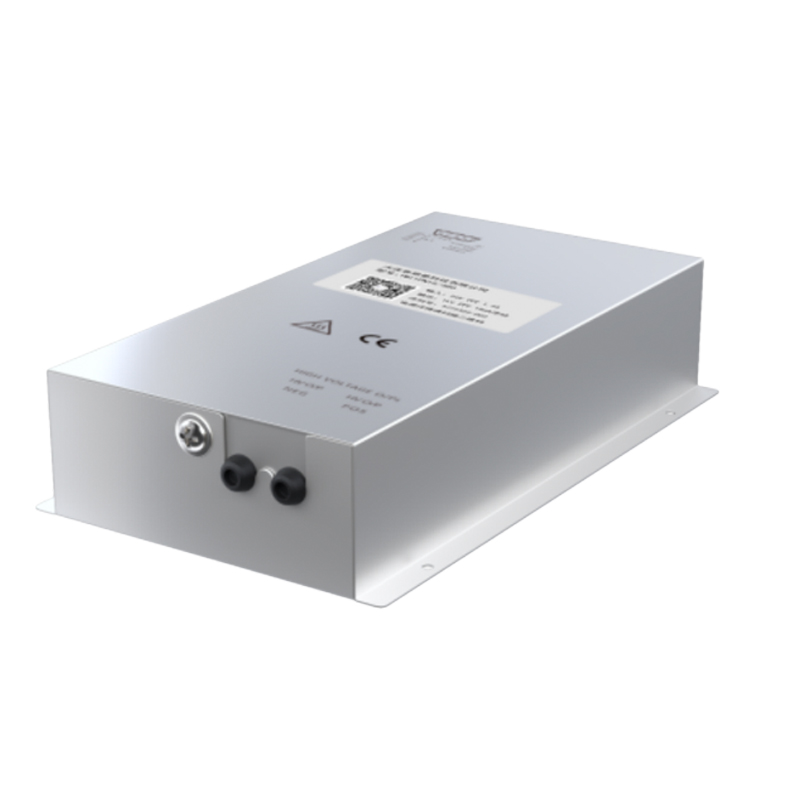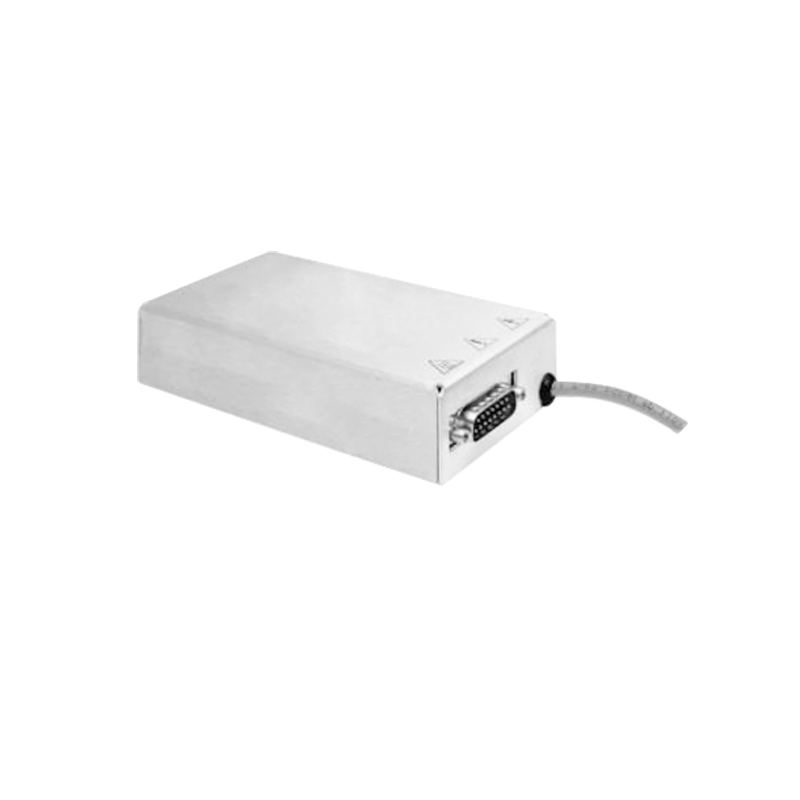The Key Role of High-Voltage Power Supplies for Plastic Sorting in Material Discrimination Precision
In the current context of resource recycling and utilization, plastic sorting is a crucial part of improving the quality and efficiency of plastic recycling. Among plastic sorting technologies, high-voltage power supplies play a pivotal role in achieving accurate material discrimination, and their performance directly affects the precision of material discrimination.
Plastic sorting often relies on the principle of electrostatic sorting. Different plastic materials exhibit distinct behaviors in a high-voltage electric field due to differences in physical properties such as dielectric constants. The function of a high-voltage power supply is to generate a stable and appropriately intense high-voltage electric field, enabling mixed plastic particles to be subjected to varying degrees of electric field forces in the field, thus achieving separation according to their materials.
The output stability of the high-voltage power supply is a significant factor influencing material discrimination precision. If the output voltage of the high-voltage power supply fluctuates significantly, the electric field forces acting on the plastic particles will be unstable, making their movement trajectories unpredictable and affecting the accuracy of sorting. For example, during the sorting process, if the voltage suddenly increases, a certain type of plastic particles that were originally moving along a normal trajectory may deviate from the预定的 collection area and mix with plastic particles of other materials, reducing the precision of material discrimination.
The waveform characteristics of the power supply also have a non-negligible impact on material discrimination precision. Different power supply waveforms, such as direct current and pulse, will cause variations in the polarization and force-bearing situations of plastic particles in the electric field. Reasonable selection and optimization of the power supply waveform can enhance the force differences between plastic particles of different materials and improve sorting precision. For instance, a pulsed high-voltage power supply can generate a high-intensity electric field in a short period, which helps to more prominently highlight the differences in polarization among different plastic materials, thus enabling more effective material discrimination.
In addition, the control precision of the high-voltage power supply is of great importance. Precisely controlling the output parameters of the power supply, such as voltage and current, can be adjusted according to the characteristics of different plastic materials, making the electric field environment more suitable for the sorting of specific plastics. Meanwhile, a rapid-response control mechanism can promptly deal with possible changes during the sorting process, ensuring the continuity and accuracy of sorting.
In practical applications, to improve the material discrimination precision of high-voltage power supplies for plastic sorting, it is also necessary to comprehensively consider the coordination between the power supply and other components of the sorting equipment, such as the design and layout of electrodes. An appropriate electrode structure and layout can make the electric field distribution more uniform and further improve the precision of material discrimination.
In conclusion, high-voltage power supplies for plastic sorting have a key impact on the precision of plastic material discrimination through various factors such as output stability, waveform characteristics, and control precision. Continuously optimizing the performance of high-voltage power supplies is of great significance for improving the quality and efficiency of plastic sorting and promoting the development of the plastic recycling industry.




















